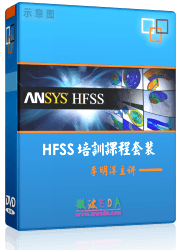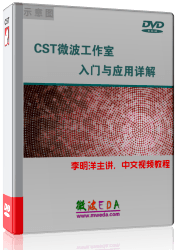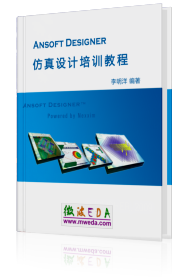Define 1DC Result Template Goal
Simulation  Optimizer Optimizer Goals Goals  Add new goal Add new goal  1DC Results 1DC Results
Start Simulation [Optimize]  Goals Goals  Add new goal Add new goal  1DC Results 1DC Results
Start Simulation [Optimize]  Goals Goals  Add new goal Add new goal  1DC Results 1DC Results
Start Simulation [Optimize]  Goals Goals  Add new goal Add new goal  1DC Results 1DC Results
In this dialog box, you may define which of the previously
defined 1DC template-based postprocessing results is evaluated while the
optimizer is running. In addition, you may define how the data will be
evaluated.
Template Based Postprocessing
frame
Result
Name: You can select one 1DC template based post-processing
result by its name out of a list of all previously defined 1DC template
based postprocessing results using the respective drop-down list. This
template-based post-processing result is evaluated while the optimizer
is running.
Type
Specify the complex type of
the 1DC result. You may select between Mag.
(linear), Mag. (dB),
Phase, Real
Part or Imaginary Part.
Conditions frame
Operator:
You may select an operator from this drop list. The operator affects
the way the data is being evaluated during an optimization run. Currently,
five different operators are available for general 1D template based post-processing
result goals. Two addition operators are available if the goal corresponds
with the amplitude of an S-Parameter template.
<: The optimizer tries to find a parameter setting where
the value of the evaluated result template is lower than the given target.
>: The optimizer tries to find a parameter setting where
the value of the evaluated result template is greater than the given target.
=: The optimizer tries to find a parameter setting where
the value of the evaluated result template equals the given target.
min: This operator
is only available for 1D and 1DC results based on the amplitude or dB
entity of an S-Parameter template. Then the optimizer tries to minimize
the S-Parameter data. Minimizing the S-Parameter data means that the optimizer
tries to find a parameter setting where the maximum of the S-Parameters
over the given frequency range is as low as possible.
max: This operator is only available for 1D and 1DC results
based on the amplitude or dB entity of an S-Parameter template. Then the
optimizer tries to maximize the S-Parameter data. Maximizing the S-Parameter
data means that the optimizer tries to find a parameter setting where
the minimum of the S-Parameters over the given frequency range
is as high as possible.
move min: This operator is only available for 1D and 1DC
results. Use this operator if you want to minimize the abscissa distance
of the minimum of the 1DC result to the selected target. Keep in mind
that sensitivities can't be exploited if this goal is used because the
min operator is not differentiable. In contrast to the other goal operators
(except of move max) the Target of move min corresponds
with an abscissa value of the result instead of an ordinate value.
move max: This operator is only available for 1D and 1DC
results. Use this operator if you want to minimize the distance of the
maximum of the 1DC result to the selected target. Keep in mind that sensitivities
can't be exploited if this goal is used because the max operator is not
differentiable. In contrast to the other goal operators (except of move
min) the Target of move max corresponds with an abscissa
value of the result instead of an ordinate value.
Target:
Enter a target value for the chosen operator here if the corresponding
result entity should be "less", "greater" or "equal"
than that certain target in the chosen range. For the "move min"
or "move max" operator the optimizer will try to move the minimum
or the maximum of the template's result to the chosen target value.
Weight:
Enter the weight of this goal here.
Range frame
Specify a range or a single
abscissa value for which the goal is evaluated. The range is limited by
the lowest abscissa value and the highest abscissa value of the specified
data.
The value of the optimizer
goal will be the maximal error of the result in the given range with respect
to the defined goal operator.
Total: Set the
range to the maximum range of the corresponding result.
Single:
Set the single range value. The optimizer will extract only one point
from the 1DC template based post-processing result data. Please
note the limits.
Range:
Set the range in which the goal should be defined.
OK
Stores the current settings
and returns to the Optimizer
- Goals property page. The newly defined goal is added to the
list of defined goals in the Optimizer - Goals property
page.
Cancel
Closes this dialog box without
performing any further action.
Result
Template...
Opens the template-based postprocessing dialog
in order to define new template based post-processing
results or to edit the existing ones.
Help
Shows this help text.
See also
Optimizer
Overview
Optimizer: Goals




HFSS视频教程
ADS视频教程
CST视频教程
Ansoft Designer 中文教程
|